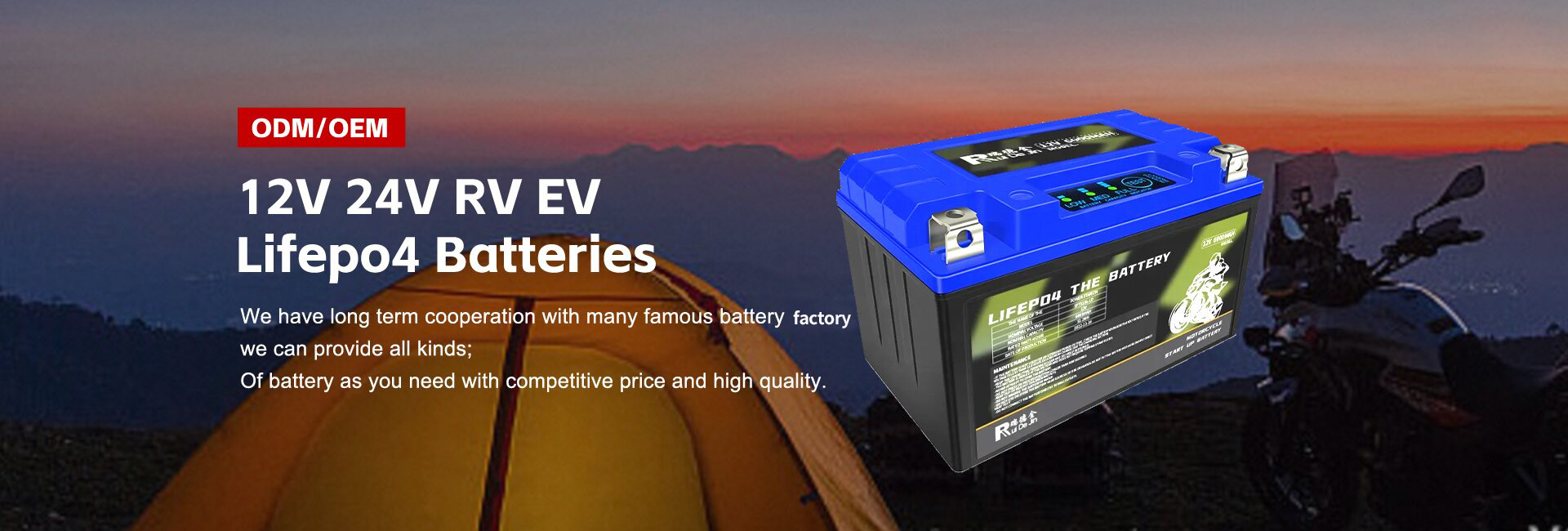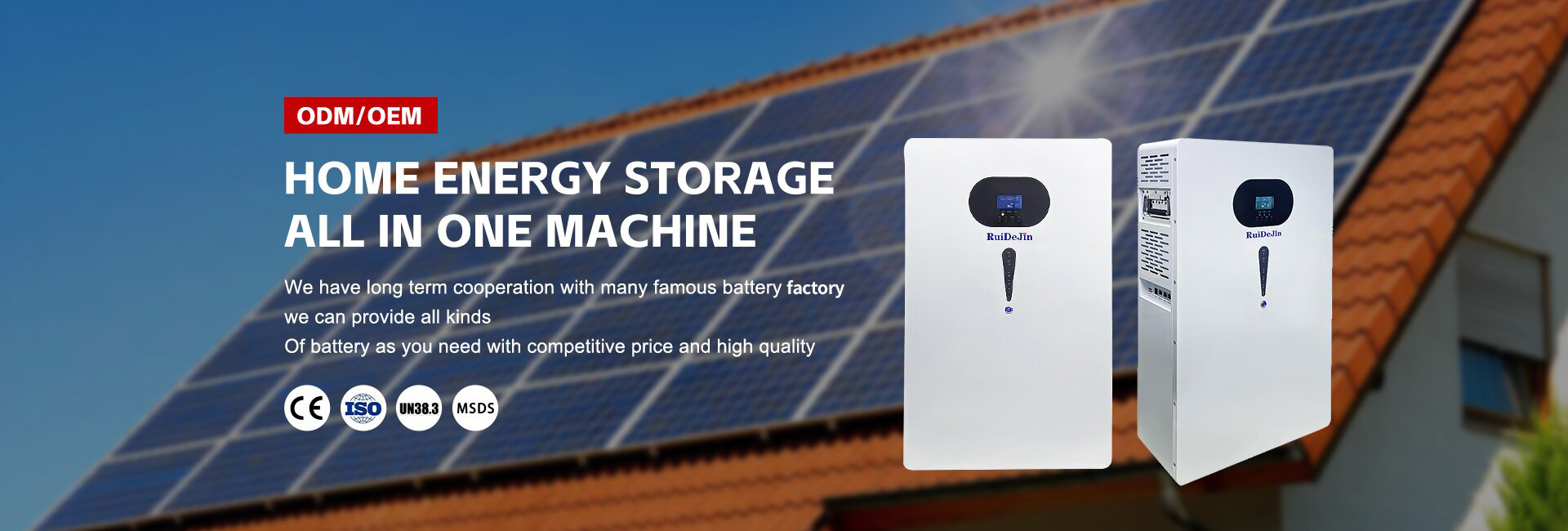Lithium batteries are ubiquitous in our work and life. From electronic devices such as mobile phones and laptops to new energy vehicles, lithium-ion batteries are found in many scenarios. With their smaller size, more stable performance, and better recyclability, they help humans better utilize clean energy.
In recent years, China has entered the forefront of the world in key technology research and development, material preparation, battery production and application of sodium ion batteries.
Large reserve advantage
At present, electrochemical energy storage represented by lithium-ion batteries is accelerating its development. Lithium ion batteries have high specific energy, specific power, charge discharge efficiency, and output voltage, and have long service life and small self discharge, making them an ideal energy storage technology. With the reduction of manufacturing costs, lithium-ion batteries are being installed on a large scale in the field of electrochemical energy storage, with strong growth momentum.
According to data from the Ministry of Industry and Information Technology, the new installed capacity of new energy storage in China increased by 200% year-on-year in 2022. More than 20 hundred megawatt level projects have achieved grid connected operation, with lithium battery energy storage accounting for 97% of the total new installed capacity.
“Energy storage technology is a key link in practicing and implementing the new energy revolution. In the context of the dual carbon target strategy, China’s new energy storage has developed rapidly.” Sun Jinhua, an academician of the European Academy of Sciences and a professor at the University of Science and Technology of China, vividly stated that the current situation of new energy storage is dominated by “one lithium”.
Among numerous electrochemical energy storage technologies, lithium-ion batteries have taken a dominant position in portable electronic devices and new energy vehicles, forming a relatively complete industrial chain. However, at the same time, the shortcomings of lithium-ion batteries have also attracted attention.
The scarcity of resources is one of them. Experts say that from a global perspective, the distribution of lithium resources is extremely uneven, with about 70% distributed in South America, and China’s lithium resources only account for 6% of the world’s total.
How to develop energy storage battery technology that does not rely on rare resources and has lower costs? The upgrading pace of new energy storage technologies represented by sodium ion batteries is accelerating.
Similar to lithium-ion batteries, sodium ion batteries are secondary batteries that rely on sodium ions to move between the positive and negative electrodes to complete charging and discharging operations. Li Jianlin, Secretary General of the Energy Storage Standards Committee of the Chinese Electrotechnical Society, said that globally, sodium reserves far exceed lithium elements and are widely distributed. The cost of sodium ion batteries is 30% -40% lower than that of lithium batteries. At the same time, sodium ion batteries have better safety and low-temperature performance, as well as a long cycle life, making them an important technological route to solve the pain point of “one lithium dominates”.
Good industrial prospects
China attaches great importance to the research and application of sodium ion batteries. In 2022, China will include sodium ion batteries in the 14th Five Year Plan for Science and Technology Innovation in the Energy Field, supporting the research and development of cutting-edge technologies and core technology equipment for sodium ion batteries. In January 2023, the Ministry of Industry and Information Technology and six other departments jointly issued the Guiding Opinions on Promoting the Development of the Energy Electronics Industry, clarifying the strengthening of technological breakthroughs in the industrialization of new energy storage batteries, research and breakthroughs in key technologies such as ultra long life and high safety battery systems, large-scale, large capacity, and efficient energy storage, and accelerating the research and development of new types of batteries such as sodium ion batteries.
Yu Qingjiao, Secretary General of the Zhongguancun New Battery Technology Innovation Alliance, said that 2023 is known as the “first year of mass production” of sodium batteries in the industry, and the Chinese sodium battery market is booming. In the future, sodium batteries will become a powerful supplement to lithium battery technology in multiple sub sectors such as two or three wheeled electric vehicles, household energy storage, industrial and commercial energy storage, and new energy vehicles.
In January this year, Chinese new energy vehicle brand Jianghuai Yttrium delivered the world’s first sodium battery vehicle. In 2023, the first generation sodium ion battery cells of CATL were launched and landed. The battery cell can be charged at room temperature for 15 minutes, with a battery capacity of over 80%. Not only is the cost lower, but the industry chain will also achieve independent and controllable charging.
At the end of last year, the National Energy Administration announced the pilot demonstration project of new energy storage. Among the 56 shortlisted projects, there are two sodium ion battery projects. In the view of Wu Hui, President of the China Battery Industry Research Institute, the industrialization process of sodium ion batteries is developing rapidly. According to calculations, by 2030, the global demand for energy storage will reach around 1.5 terawatt hours (TWh), and sodium ion batteries are expected to gain significant market space. “From grid level energy storage to industrial and commercial energy storage, and then to household and portable energy storage, the entire energy storage product will heavily use sodium electricity in the future,” said Wu Hui.
Long application path
Currently, sodium ion batteries are receiving attention from various countries. The Nihon Keizai Shimbun once reported that by December 2022, China’s patents in the field of sodium ion batteries accounted for more than 50% of the world’s total effective patents, and Japan, the United States, South Korea and France ranked second to fifth respectively. Sun Jinhua said that in addition to China clearly accelerating the breakthrough and large-scale application of sodium ion battery technology, many European, American and Asian countries have also included sodium ion batteries in the development system of energy storage batteries.
Post time: Mar-26-2024


